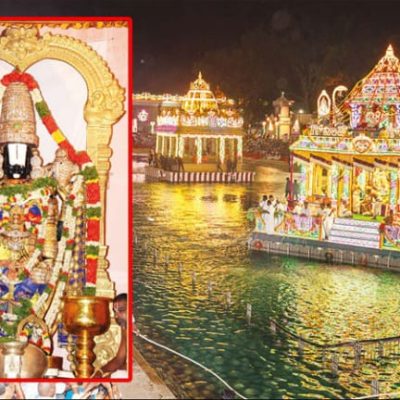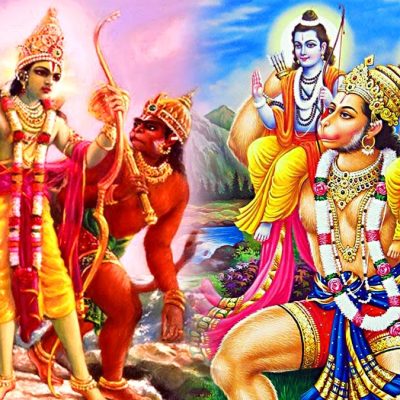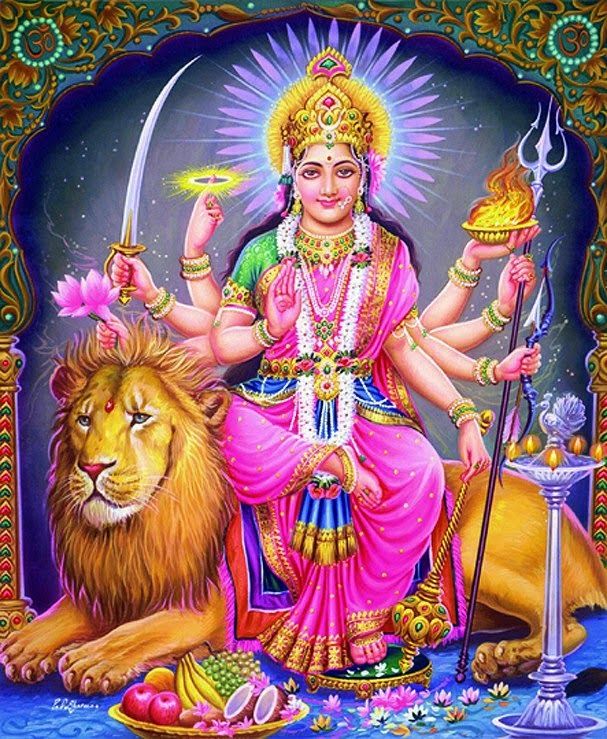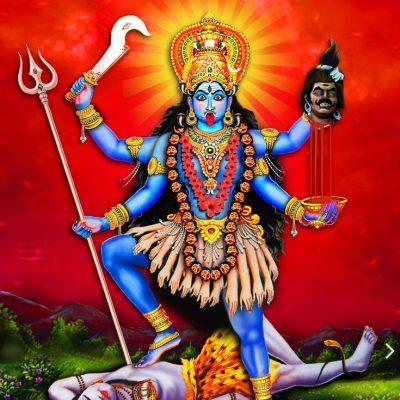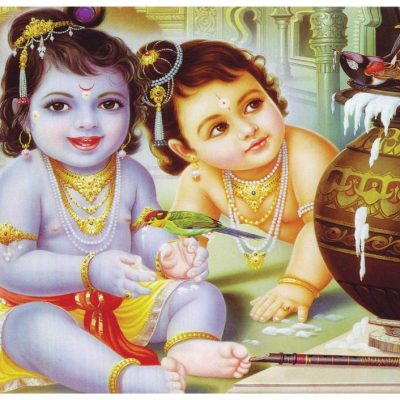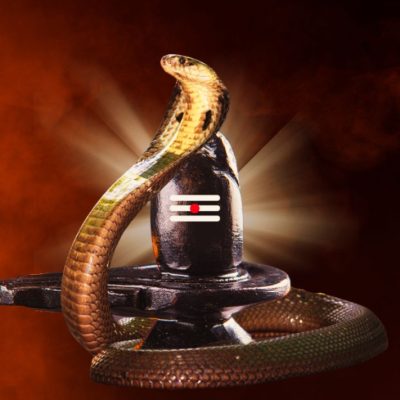Mangalore Mangala Devi Temple – Karnataka

Address
Mangalore Mangala Devi Temple – Karnataka
Bolar, Mangalore Taluk, Dakshina Kannada District,
Karnataka – 575 001,
India
Amman
Mangala Devi
Introduction
The Mangala Devi Temple is a prominent Hindu temple dedicated to Goddess Adi Parasakthi. Located in the Bolar area of Mangalore City in Dakshina Kannada District, Karnataka, India, this temple holds immense significance in the region. Mangalore itself derives its name from the presiding deity of the temple, Mangala Devi, and is considered one of the important Shakta shrines in India, emphasizing the worship of the divine feminine or Shakti.
Puranic Significance
- The Mangala Devi Temple was originally constructed by King Kundavarman, a ruler of the Alupa dynasty, around the period of 960–980 CE. It is believed that the construction of the temple was done under the guidance of Matsyendranath, a renowned sage.
- During the 17th century, the Nayakas of Bidnur, particularly those from Ikkeri, undertook extensive renovations of the temple.
Legend of Mangala Devi
- According to the legend, Vikhasini, the daughter of the demon king Hiranyakasipu, sought revenge for her father’s death at the hands of Lord Vishnu. She performed intense penance to Lord Brahma to ask for a son who could defeat Lord Vishnu. Recognizing the futility of her wish, Lord Brahma granted her a son born from Lord Shiva instead.
- Vikhasini disguised herself as Goddess Parvati and united with Lord Shiva, giving birth to a demon named Andasura. Andasura waged a war against the gods, conquering Devaloka (the realm of the gods). The gods, including Lord Vishnu, Lord Shiva, and Lord Brahma, then sought the help of Goddess Adi Parasakthi.
- Goddess Adi Parasakthi intervened by luring Andasura to her and, upon his misbehavior, killed him with her trident. She revealed that Lord Vishnu would incarnate as Parasurama to annihilate 21 generations of evil Kshatriyas. Parasurama was instructed to build a shrine at the site where she had slain Andasura.
- Over time, the shrine became lost beneath the earth, only to be rediscovered by King Veerabahu of Tulunadu, who had been blessed with a son named Bangaraja. In a dream, Goddess Mangala Devi revealed the location of the hidden shrine, where the Nethravati and Phalguni rivers intersect.
- After the rediscovery by King Bangaraja and Sage Bharadhwaja, a small temple was constructed. However, the temple was once again concealed by natural processes, and the cycle of concealment and rediscovery continued.
Beliefs
- Goddess Mangala Devi is worshipped for success and prosperity, especially in new ventures. Devotees also seek her protection against evil influences.
- The Mangala Dhara Vrata, a special ritualistic fast, is observed by unmarried girls seeking a suitable groom.
Special Features
- The temple follows the Kerala style of architecture and faces south. It features a two-storied gateway tower, with the upper floor housing wooden trails that cover the Kottupura, a hall used for drum beating during festivals.
- The temple is enclosed by a rectangular wall.
- Upon entering through the gateway tower, devotees encounter Balipeedam (an offering platform) and Dhwaja Sthamba (flag post) facing the sanctum.
- The sanctum itself consists of:
- Sanctum: Contains an image of Mangala Devi in a sitting posture holding a Dharapatra (a ceremonial vessel).
- Linga: A small Linga is located to the left of the goddess.
- Circular Sanctum: The sanctum is circular, with the base made of granite and a terracotta tiled roof supported by a wooden structure.
- The temple complex also features shrines dedicated to other deities, as well as pillared cloisters converted into halls and rooms.
- In the central courtyard, a deepa sthamba (lamp post) is surrounded by eight dvarapalikas (guardian deities).
Festivals
The following festivals are celebrated with great devotion at the Mangala Devi Temple:
- Annual Brahmotsavam
- Navaratri (Dussehra)
- Laksha Deepotsava
- Ugadi
- Mahashivaratri
- Ganesh Chaturthi
Century/Period
960 – 980 CE
Managed By
Government of Karnataka
Nearest Bus Station
Mangala Devi Road
Nearest Railway Station
Mangalore Junction
Nearest Airport
Mangalore



